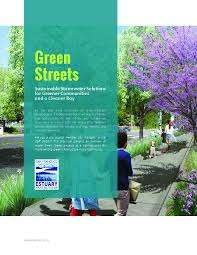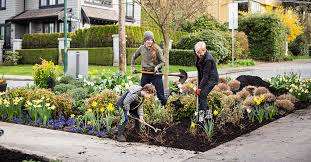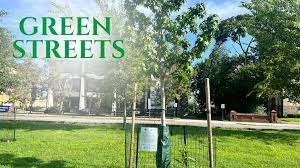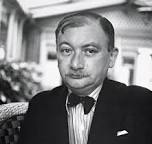**Title: The Green Path: A Journey of a Sustainability Leader**
In the heart of a bustling city in Central Europa, where skyscrapers kissed the clouds and the hum of daily life echoed through the streets, there lived a man named Samuel Grün. Samuel was not just any ordinary citizen; he was a political leader whose vision for sustainability had begun to reshape the very fabric of his community. His journey was marked by a commitment to environmental stewardship, social equity, and economic resilience—a trifecta that defined his approach to governance.

Samuel’s office was located on the top floor of a modern building that overlooked the city park, a sprawling green oasis amidst the concrete jungle. Each morning, as he sipped his organic coffee brewed from beans sourced from fair-trade farms, he would gaze out at the park below. To him, it was more than just a recreational space; it was a visual metaphor for what he aspired to achieve—a harmonious blend of nature and urban life. The park represented balance, growth, and community engagement, all essential elements in his vision for a sustainable future.
His visionary thinking was evident in every initiative he championed. Samuel understood that sustainability was not merely an environmental issue but a multifaceted challenge that required innovative solutions. He often spoke about the importance of integrating green technologies into urban planning. Under his leadership, the city launched an ambitious project to transform rooftops into urban gardens and install solar panels on public buildings. These initiatives were not just about reducing carbon footprints; they were about creating spaces where citizens could connect with nature and each other.
Samuel’s role as a model for sustainability extended beyond policy-making; it permeated his daily life. He practiced what he preached by living in an eco-friendly home powered by renewable energy sources. His garden was filled with native plants that attracted local wildlife, serving as both a sanctuary for biodiversity and an educational tool for his neighbors. Samuel often invited school groups to visit his home, sharing insights about composting, rainwater harvesting, and sustainable gardening practices. He believed that leading by example was crucial in inspiring others to embrace sustainable living.
Honesty was another cornerstone of Samuel’s leadership style. In an era where political rhetoric often overshadowed genuine action, he stood out as a beacon of integrity. During town hall meetings, he openly discussed both successes and setbacks in implementing sustainability initiatives. When faced with criticism regarding the slow pace of change or budget constraints, Samuel did not shy away from addressing these concerns head-on. He acknowledged the complexities involved in transitioning to sustainable practices but emphasized that every small step mattered.

One particular initiative that garnered attention was Samuel’s “Green Streets” program aimed at reducing vehicular emissions while promoting public transportation and cycling. The program included expanding bike lanes throughout the city and enhancing public transit options with electric buses. During its launch event, Samuel took to the streets on his bicycle alongside community members—an act that resonated deeply with citizens who appreciated his willingness to engage directly with them.
As time passed, Samuel’s efforts began to bear fruit. The city saw an increase in green spaces as more residents participated in community gardening projects and tree-planting events. Local businesses embraced sustainable practices inspired by Samuel’s leadership; cafes began offering discounts for customers who brought reusable containers while shops promoted eco-friendly products.
However, challenges remained on this path toward sustainability. Climate change continued to pose threats—extreme weather events became more frequent, reminding everyone of the urgency behind Samuel’s mission. Yet through it all, he remained steadfast in his belief that collective action could lead to meaningful change.
One day during a particularly harsh winter storm that caused significant damage across the city, Samuel organized a community recovery effort focused on rebuilding sustainably. He rallied volunteers from all walks of life—students eager to make their mark on society, retirees with years of experience under their belts—and together they cleared debris while discussing how future infrastructure could be designed to withstand such events better.
In these moments of collaboration and resilience emerged something profound: hope—a shared understanding that sustainability wasn’t just an abstract concept but rather an achievable reality when people came together with purpose.
As years went by under Samuel Greene’s leadership—the man who walked the talk—the city transformed into a model for sustainable living admired by others far beyond its borders. Schools incorporated environmental education into their curricula; local governments sought advice on replicating successful programs elsewhere; citizens felt empowered knowing they played an integral role in shaping their environment.
Ultimately though it wasn’t merely about accolades or recognition—it was about fostering connections between people and nature while nurturing future generations’ ability to thrive within this delicate balance.

In reflecting upon this journey through both triumphs and tribulations alike—it became clear: true leadership lies not only within one’s ability to envision change but also within one’s commitment towards making those visions tangible realities—one step at a time along this green path forward together towards sustainability for all.





